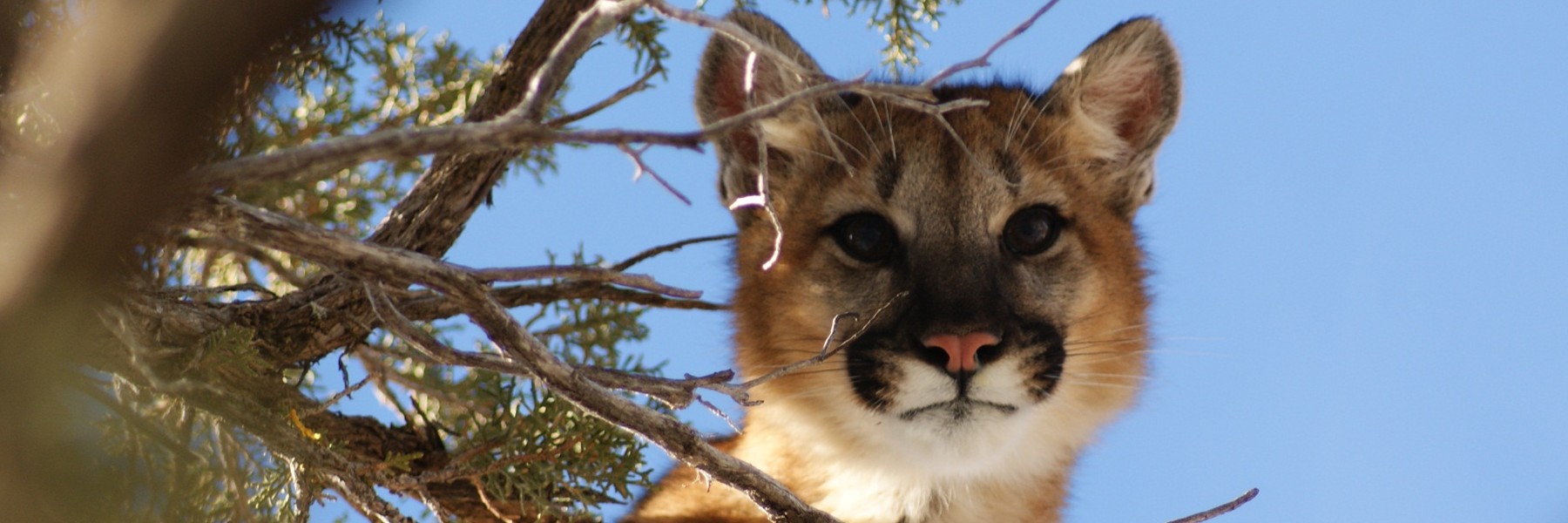The FELIDAE Project

The goal of the FELIDAE Project (Feline Ecology: Landscapes, Infectious Disease, And Epidemics) is to characterize the ecology of infectious diseases in wild and domestic cats. We want to understand how large predators spread disease across an ecosystem, and how this spread is influenced by landscape elements (e.g., vegetation types, urban development), wildlife management interventions, and host genomics. Findings from the FELIDAE Project are then used to directly inform policies that minimize disease outbreaks in wildlife, domestic animals, and humans.
Background
We began researching the effects of urban fragmentation and landscape connectivity on disease prevalence and transmission in North American felids in 2007. Focusing on puma, bobcat, and domestic cat populations in California, Colorado, and Florida, our objectives were three-fold:
- Assess how habitat fragmentation influences the prevalence of various pathogens.
- Use transmission dynamics of non-pathogenic infectious agents to characterize connectivity in fragmented populations.
- Determine the effect of urbanization on the likelihood of cross-species transmission.
Current Research: Disease Spillover
These earlier studies have led to more recent applications of cutting-edge genomic approaches and new modelling techniques to understand host dispersal and pathogen transmission.
Now our research focuses on cross-species transmission, or ‘spillover,’ and the ecological and evolutionary factors driving this process. Pathogen spillover is a primary mechanism by which disease outbreaks occur in wildlife, as well as in domestic animal and human populations.
